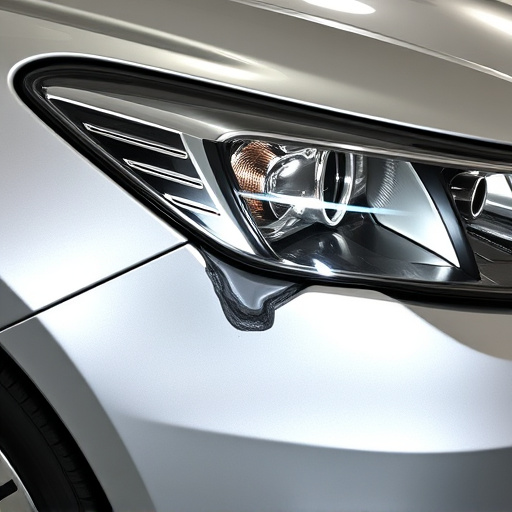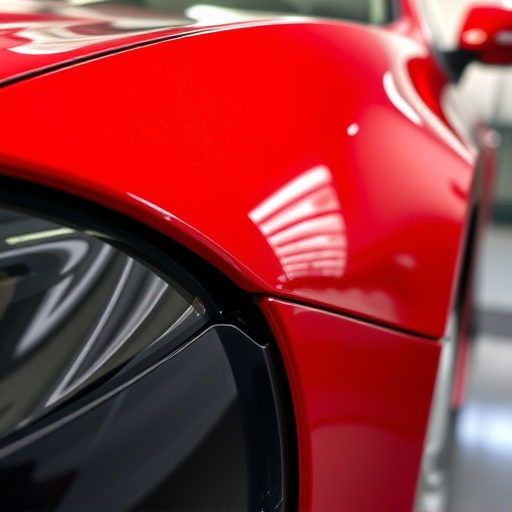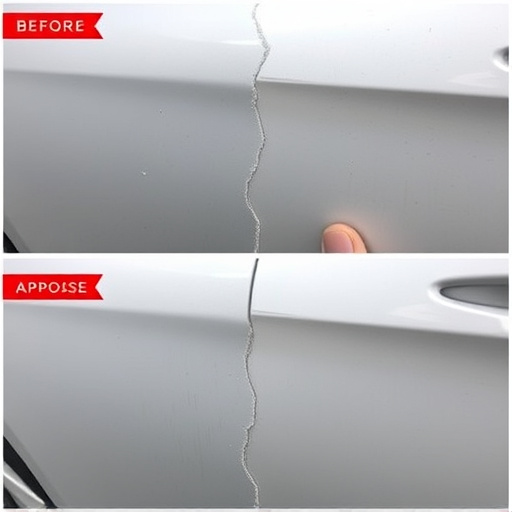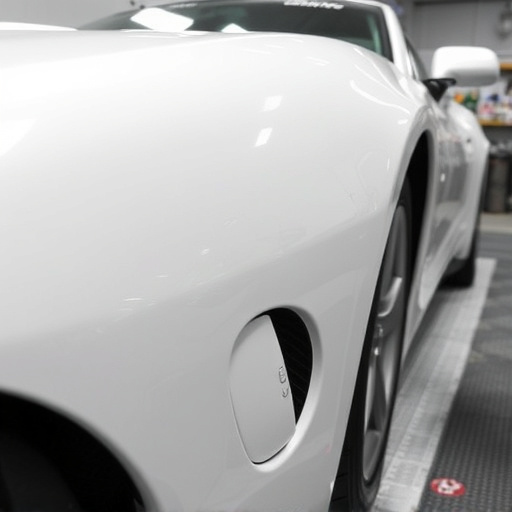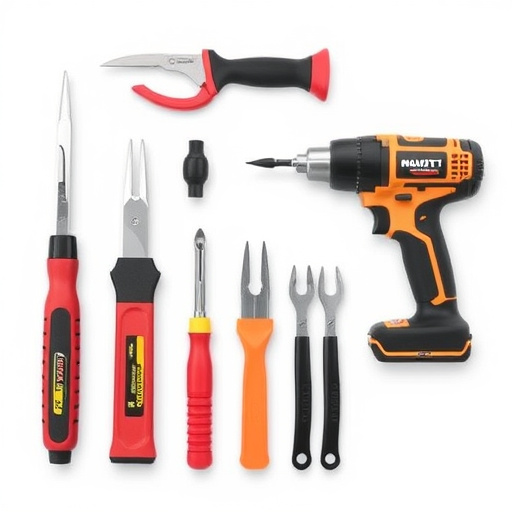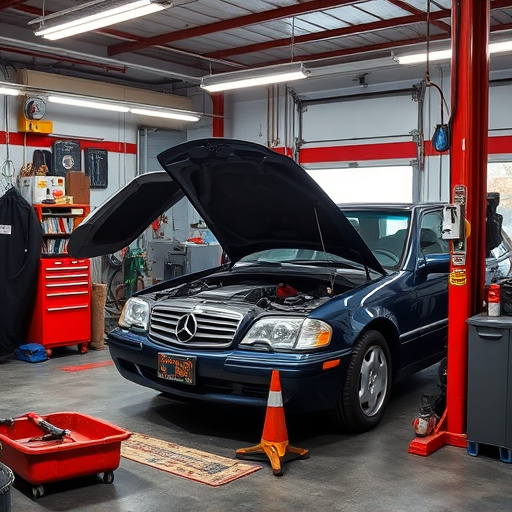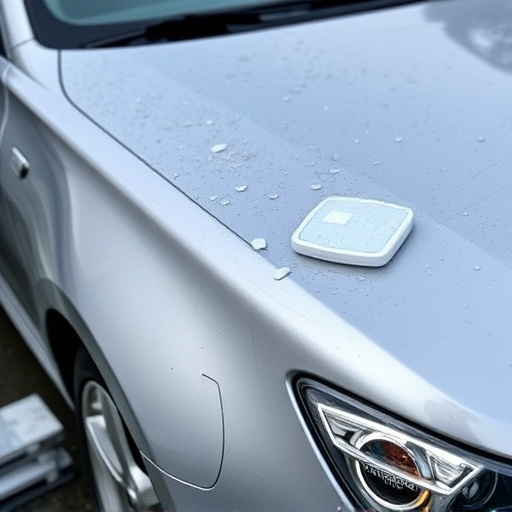Before attempting pearl finish restoration, carefully assess the surface for damage like scratches or chips. This helps determine if minor repairs with auto glass or dent removal are needed or if a complete restoration involving multiple steps is required. Thorough cleaning and inspection under natural light identify imperfections guiding selection of suitable restoration methods for a flawless pearl finish.
“Uncover the secrets to revitalizing your pearl finish surfaces with our comprehensive guide. This step-by-step tutorial takes you through the entire process of repairing and enhancing your pearl finish, from initial assessment to final polishing. Learn how to identify damage, prepare the surface, select the right products, and apply them expertly. Achieve a smooth, glossy restoration that stands the test of time with these expert techniques, ensuring your pearl finish shines brightly.”
- Assessing Your Pearl Finish Surface
- – Understanding the current state of the pearl finish
- – Identifying damage, scratches, and stains
Assessing Your Pearl Finish Surface

Before starting any pearl finish restoration process, it’s crucial to assess the condition of your surface accurately. Begin by examining the area closely for any visible damage such as scratches, dents, or chips in the pearl coating. These defects can greatly impact the final result and may require different repair techniques depending on their severity.
If there are minor imperfections like fine scratches or swirls, an auto glass repair or dent removal process might be sufficient to restore a smooth finish. However, for more significant damage, especially where the pearl layer is exposed or severely compromised, a complete restoration might be needed, involving multiple steps to rebuild and enhance the original pearl finish appearance across the car’s bodywork services.
– Understanding the current state of the pearl finish

Before diving into the restoration process, it’s crucial to assess and understand the current state of the pearl finish on your vehicle. The pearl finish, known for its glossy and iridescent appearance, often requires meticulous care due to its delicate nature. Inspecting the surface carefully will help you identify any damage, such as scratches, dents, or fading, which are common issues in an auto body repair shop’s arsenal. These defects can range from minor cosmetic concerns to more significant structural problems that may require professional intervention using specialized tools and techniques, like frame straightening, to ensure a flawless restoration.
In the world of car body repair, achieving a perfect pearl finish is an art. It involves preparing the surface thoroughly by cleaning and decontaminating it to remove any impurities or pollutants that could interfere with adhesion. This initial step sets the foundation for successful restoration. Whether you’re aiming to revive an old pearl coat or maintain its luster after routine maintenance, understanding the current condition of the finish is key to determining the appropriate restoration methods, from choosing the right polishing compounds to applying them correctly using professional techniques learned in top auto body shops.
– Identifying damage, scratches, and stains

Before starting any pearl finish restoration process, it’s crucial to thoroughly inspect and identify areas of damage, scratches, and stains on the surface. These imperfections can significantly impact the final outcome and aesthetics of the pearl finish. Begin by examining the entire surface under natural light, as this helps to highlight subtle variations and defects. Look for deep scratches, which may require more extensive repair techniques, such as auto glass repair or vehicle body repair methods.
Pay close attention to stains, as they can range from minor water spots to more stubborn residue left by chemicals or pollutants. In the case of car restoration, these issues need to be addressed early on. Gentle rubbing with a soft cloth can help reveal hidden scratches or discolouration, underscoring the importance of meticulous inspection. By accurately identifying and categorizing these issues, you’ll be better equipped to select the appropriate restoration techniques for a flawless pearl finish.
Restoring a pearl finish surface involves careful assessment and meticulous attention to detail. By understanding the current state of your pearl finish, identifying damage, scratches, and stains, you’re well on your way to achieving a pristine, like-new look. Following the step-by-step guide in this article ensures that every aspect of your pearl finish restoration is approached methodically, allowing you to enjoy a beautifully restored surface that enhances any space. Remember, the key to successful pearl finish restoration lies in patience, precision, and the right tools—a combination that will undoubtedly result in remarkable results.
